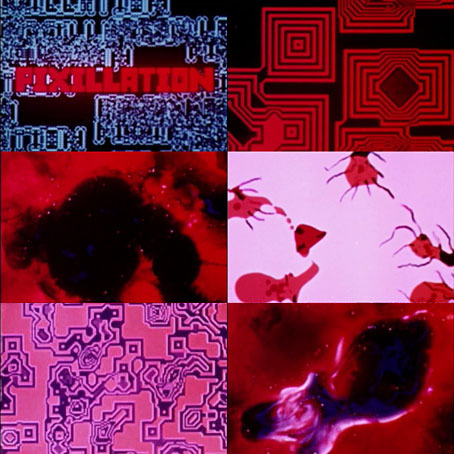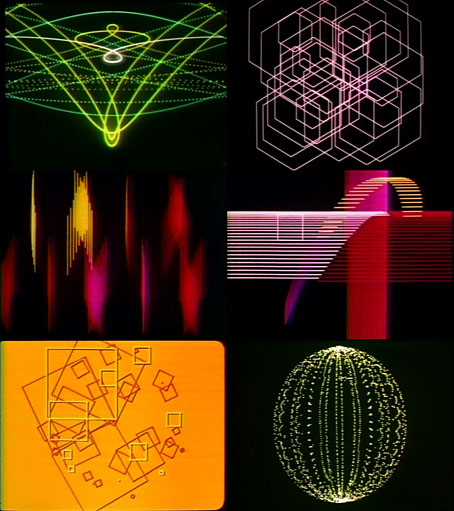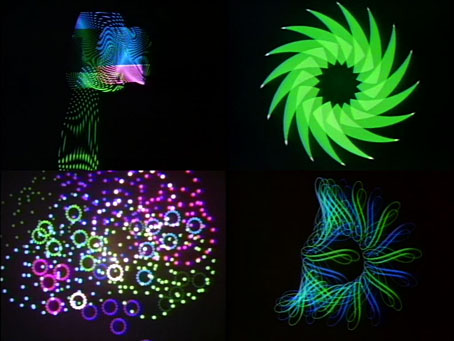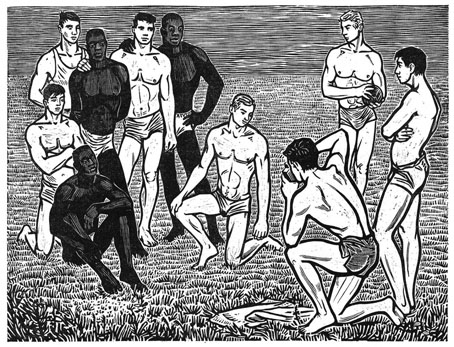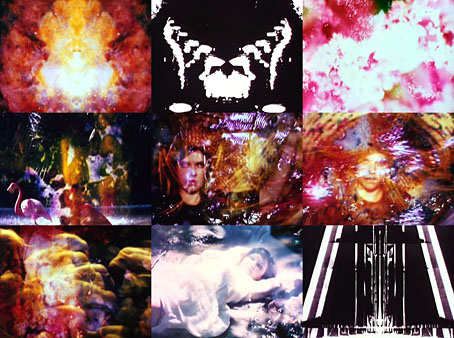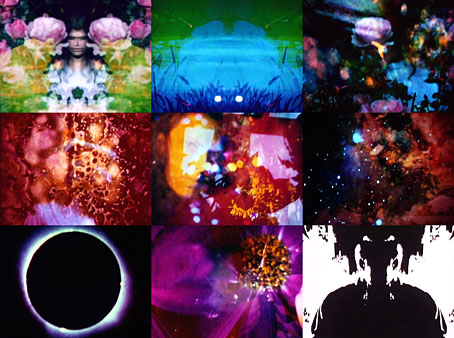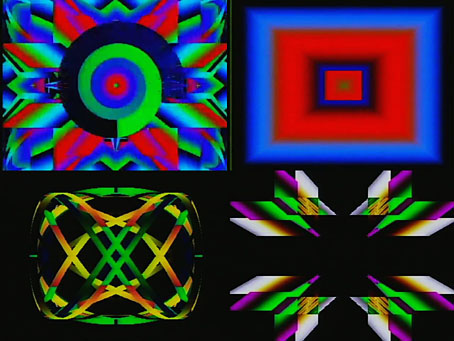
One of the things I used to enjoy doing with my old Sinclair Spectrum computer was stitching together short pieces of graphics-generating BASIC code in order to create a much longer compilation of the same, a visual mix comprised of the Spectrum’s crude logarithmic spirals, nested polygons and blinking squares. From the looks of it, Dazzle (1993) is a similar process applied to slightly more sophisticated computer graphics (made with an Amiga?), and with additional help from a vision mixer.
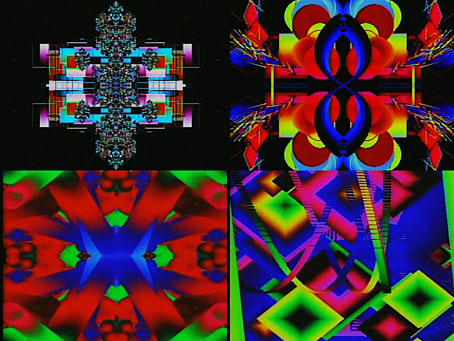
The graphics were created to accompany 45 minutes of electronic music by Jonn Serrie, so this is essentially a video album although it also looks like another of those Laserdisc releases targeted at psychedelic voyagers. As I’ve noted before, the Internet Archive now has a lot of this stuff, none of which seems likely to ever be reissued so it may as well be archived there. Dazzle is simpler than the tripping discs but its formal qualities place it closer to abstract cinema than all those reels of dated 3D renderings.
Previously on { feuilleton }
• The abstract cinema archive

